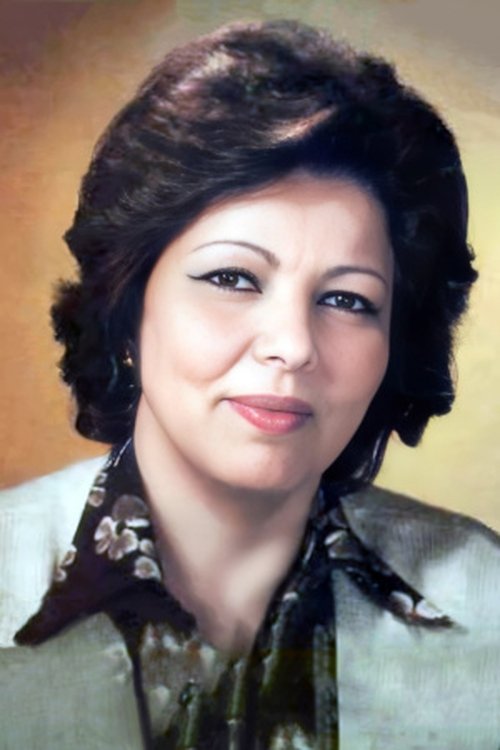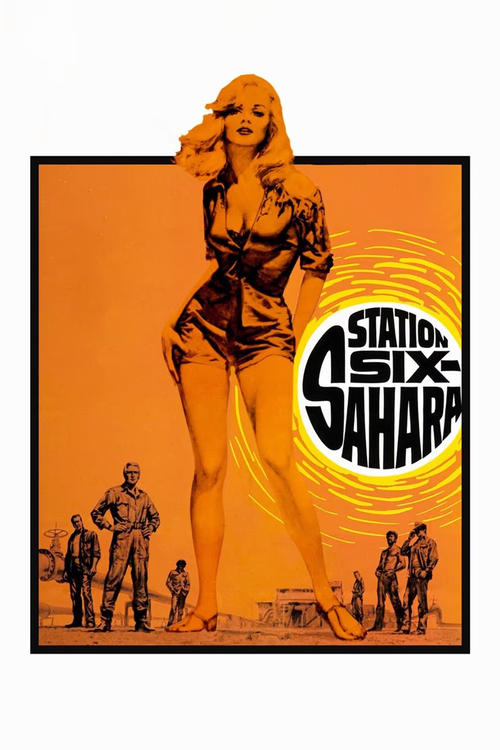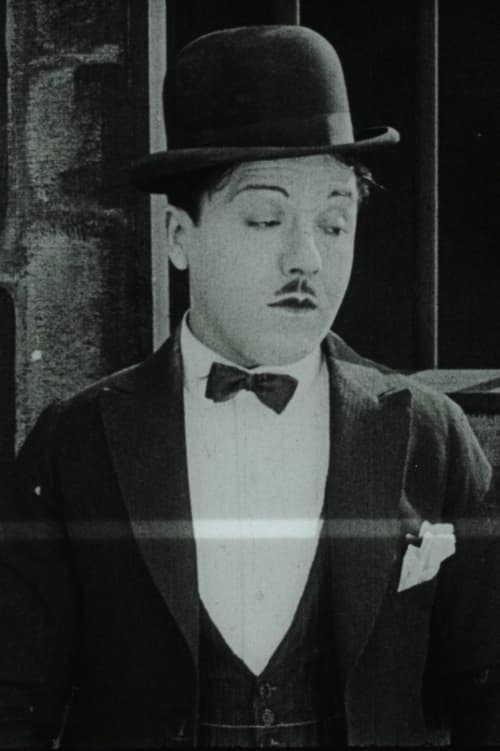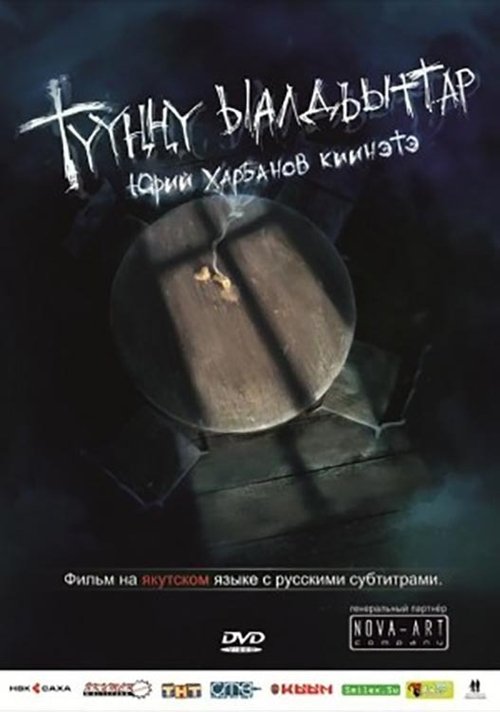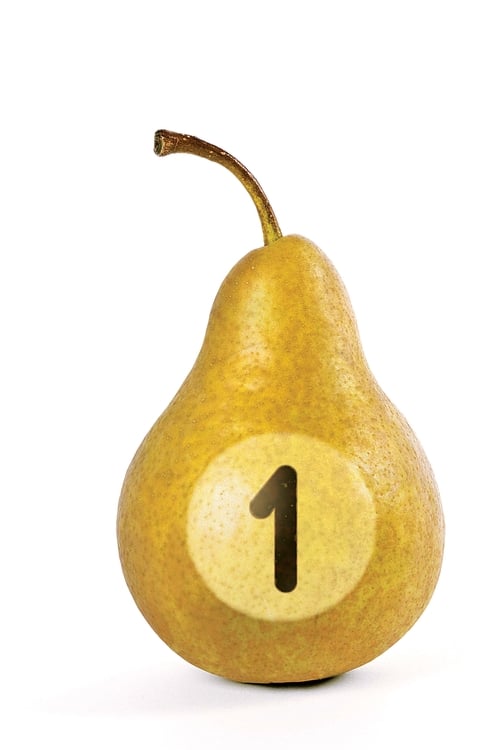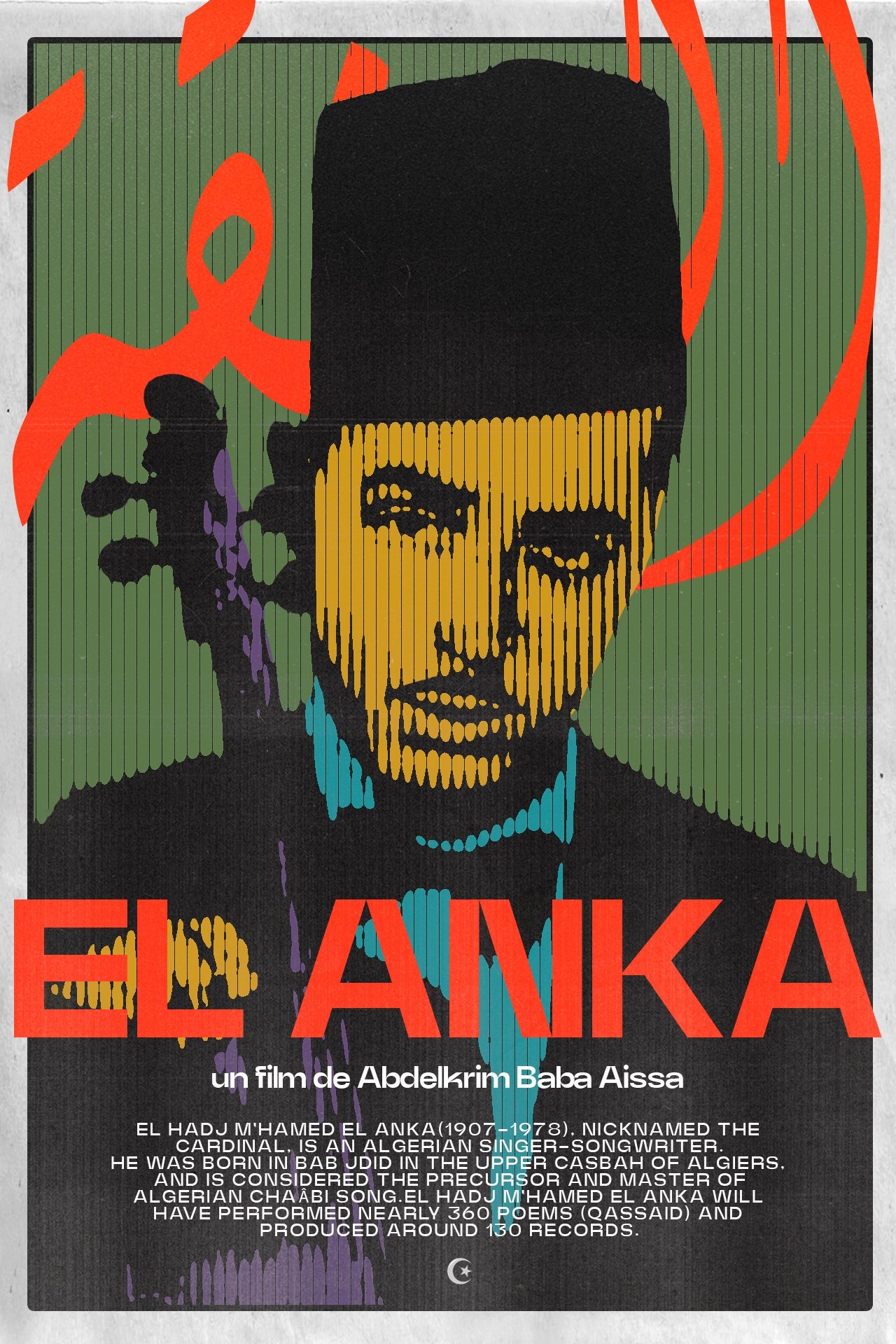
1/4 - In 1925, the young M’hamed El Anka replaced his master Nador at short notice. He realizes that he is far from mastering all the instruments of his art and begins a self-taught training program in Oud, the Arabic language, and religious singing in the hadra of Sidi Abderrahmane. 2/4 - In 1932, the young El Anka released 10 45 rpm records in Paris, including the first song from his composition "L'Exil". He is gradually “lightening” the Andalusian heritage. He made the pilgrimage to Mecca and wrote the famous song "El Mendouza". 3/4 - The 40s and 50s will confirm the maturity of the master, who consolidates the constituent elements of what is today called Chaâbi music. In the midst of the national liberation struggle, El Hadj M'hamed El Anka triumphs with the song "Youm El Djemâa". 4/4 - In 1962, El Anka sang of independence: "El hamdou lilah, mabqach listaâmar fi bledna". Activist, poet and musicologist Bachir Hadj Ali explains the artist’s exceptional style.
1/4 - في عام 1925، حل الشاب محمد العنقة محل ابنه الصغير أستاذ الناظور. أدرك أنه يتقن جميع الآلات الفنية ويشترك في برنامج للتكوين التلقائي بالعود واللغة العربية والأنشودة الدينية في حضرة سيدي عبد الرحمن. 2/4 - في عام 1932، قامت فرقة "شباب العنقة" بتأليف 10 أسطوانات و45 جولة في باريس، دون الأغنية الأولى من تأليف "L'Exil". إنها عملية تقدمية في "تطوير" التراث الأندلسي. قام بالرقص في مكة وكتب الأغنية الشهيرة "El Mendouza". 3/4 - السنوات 40 و 50 تؤكد نضج المعلم، مما يعزز العناصر المكونة للموسيقى الشعبية التي يتم استدعاؤها حاليًا. في جولة التحرير الوطني، انتصر الحاج محمد العنقة بأغنية "يوم الجمعة". 4/4 - في عام 1962، أنشودة العنقة للاستقلال: "الحمد لله، مبقاش ليستعمر في بلادنا". يشرح المناضل والشاعر والموسيقار بشير حاج علي الأسلوب الاستثنائي للفنان.
Status :
Released
Country : DZ
Original language : ar
there are no streaming services currently available for this in your country
10 /10

10 /10
| Movie Cast





